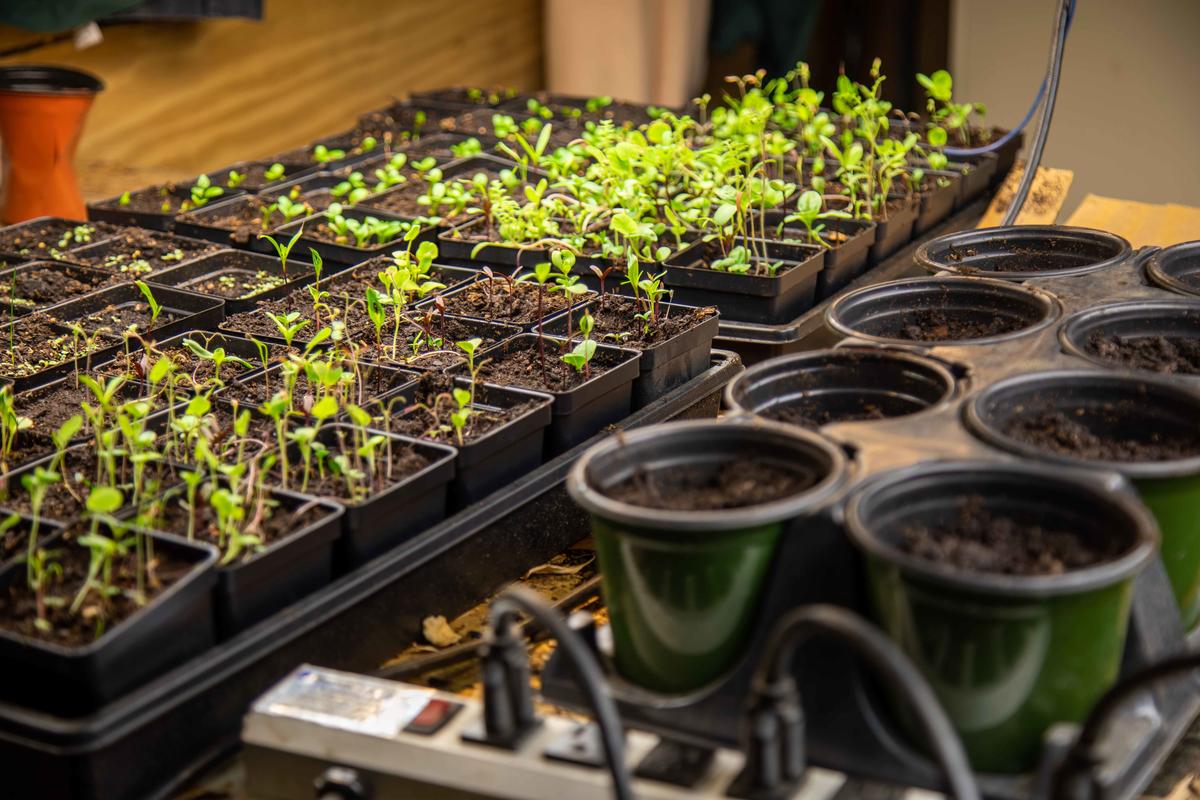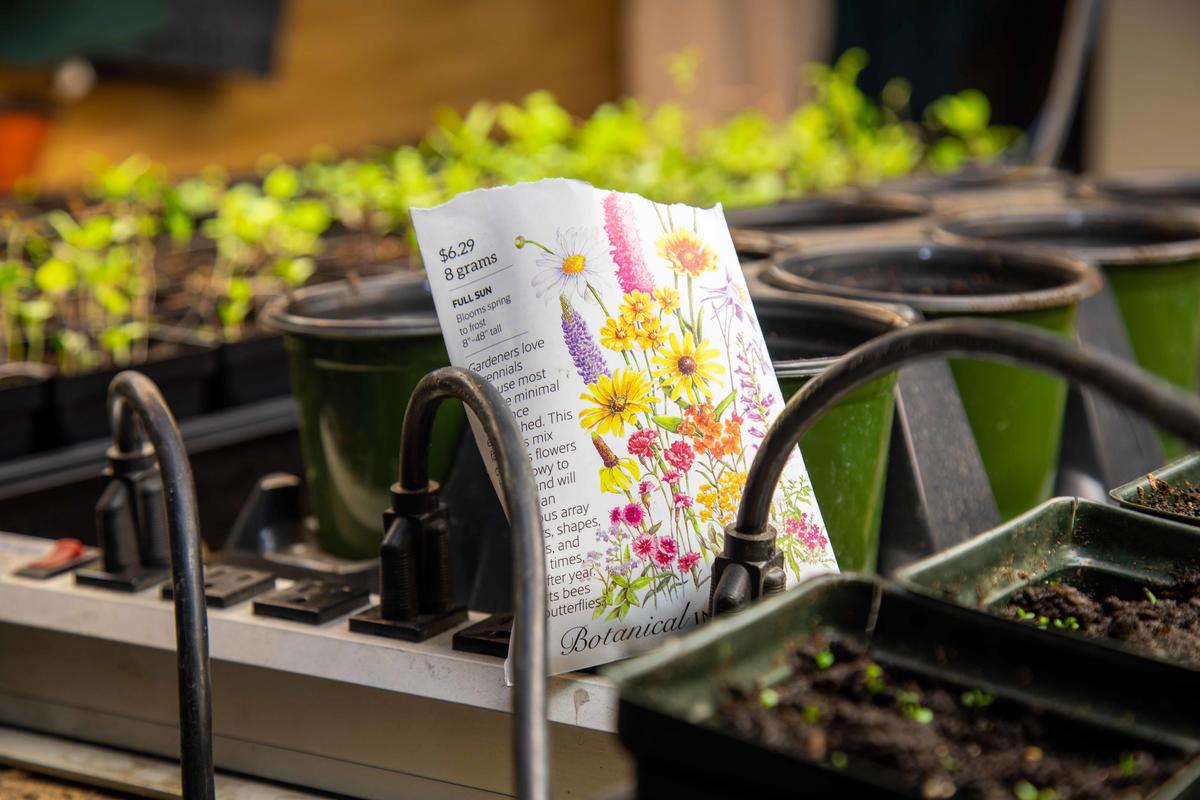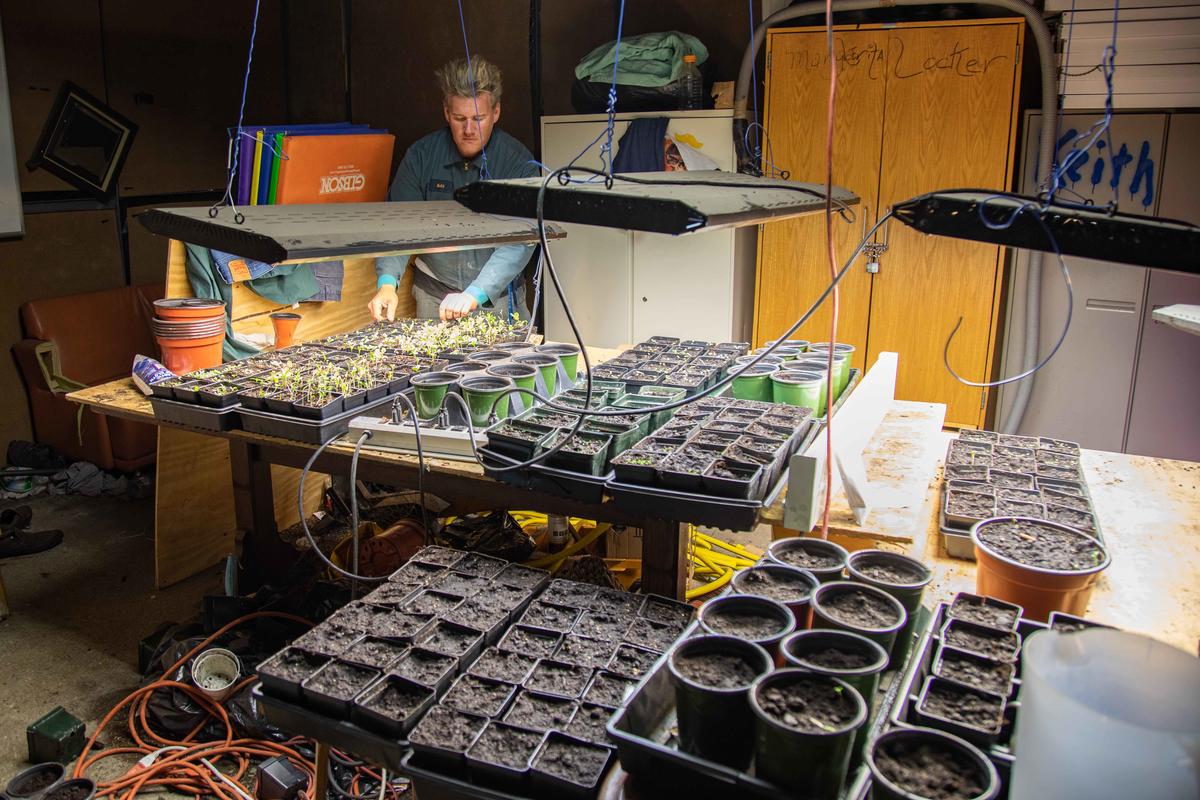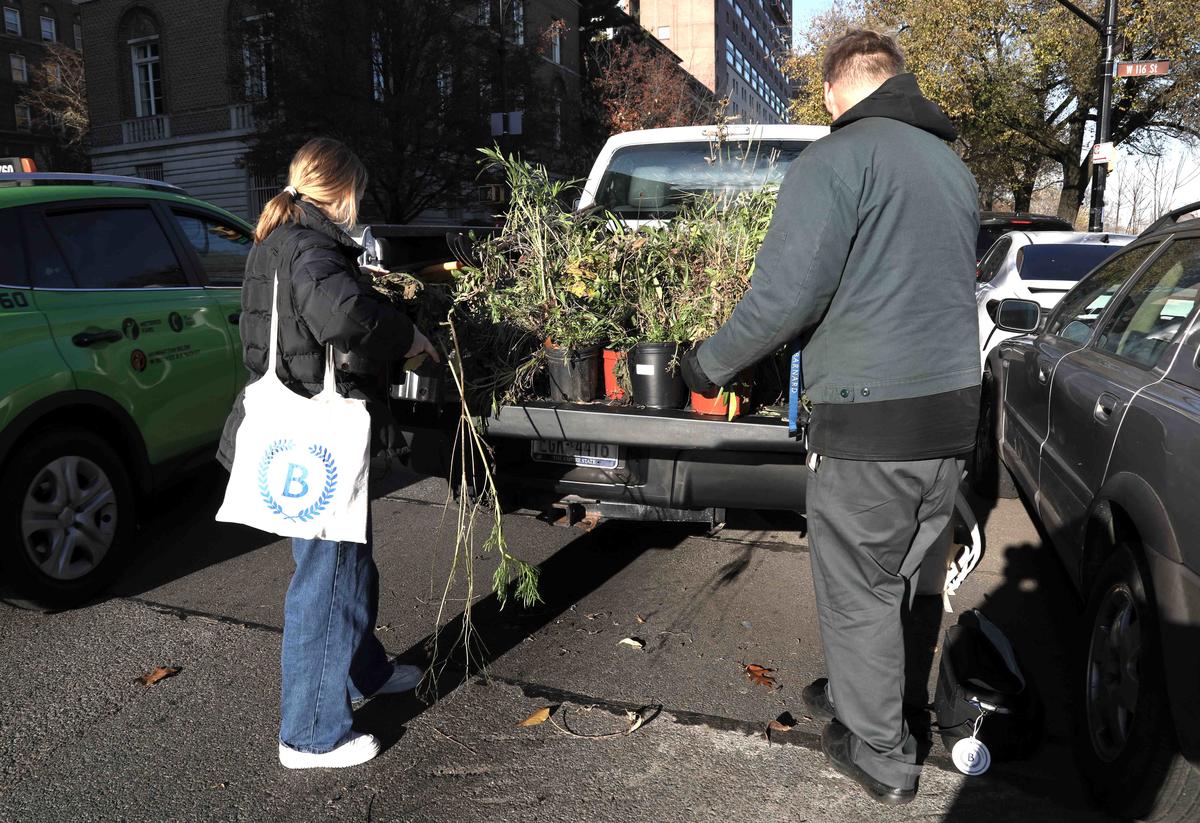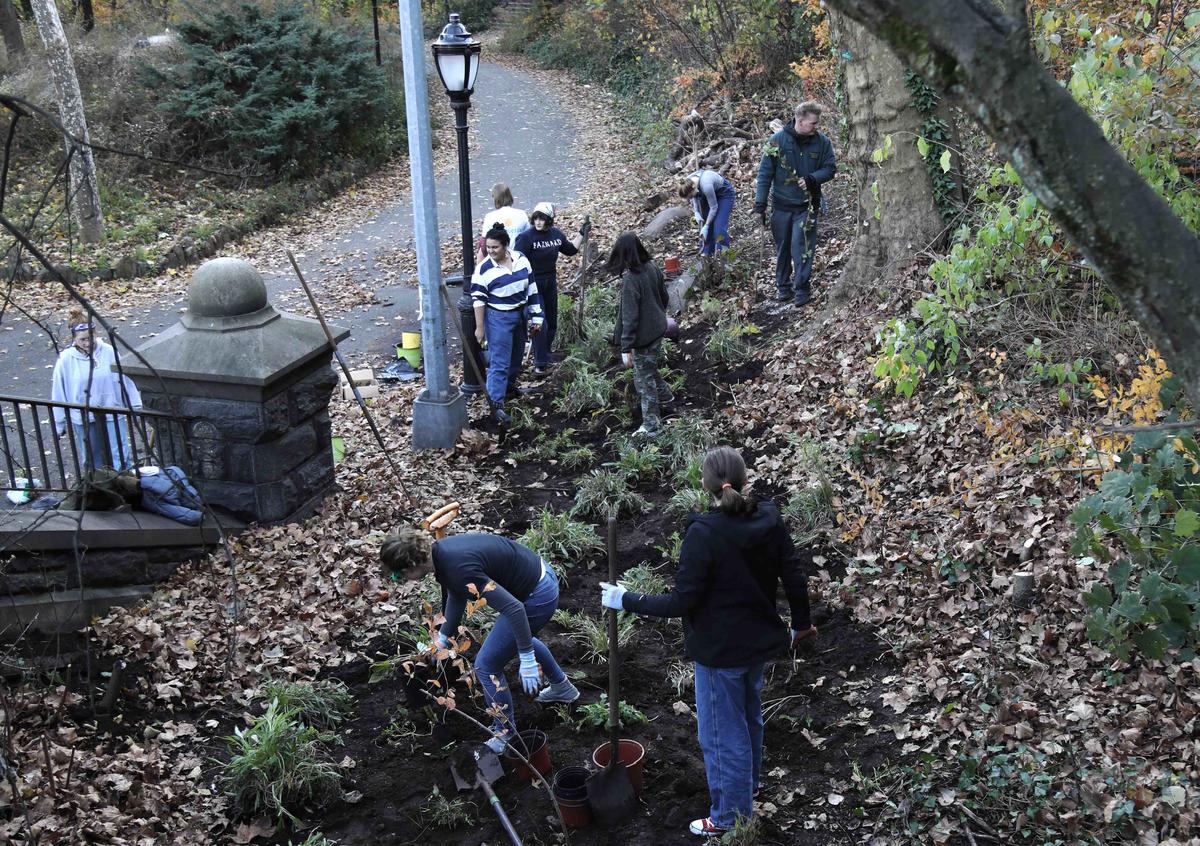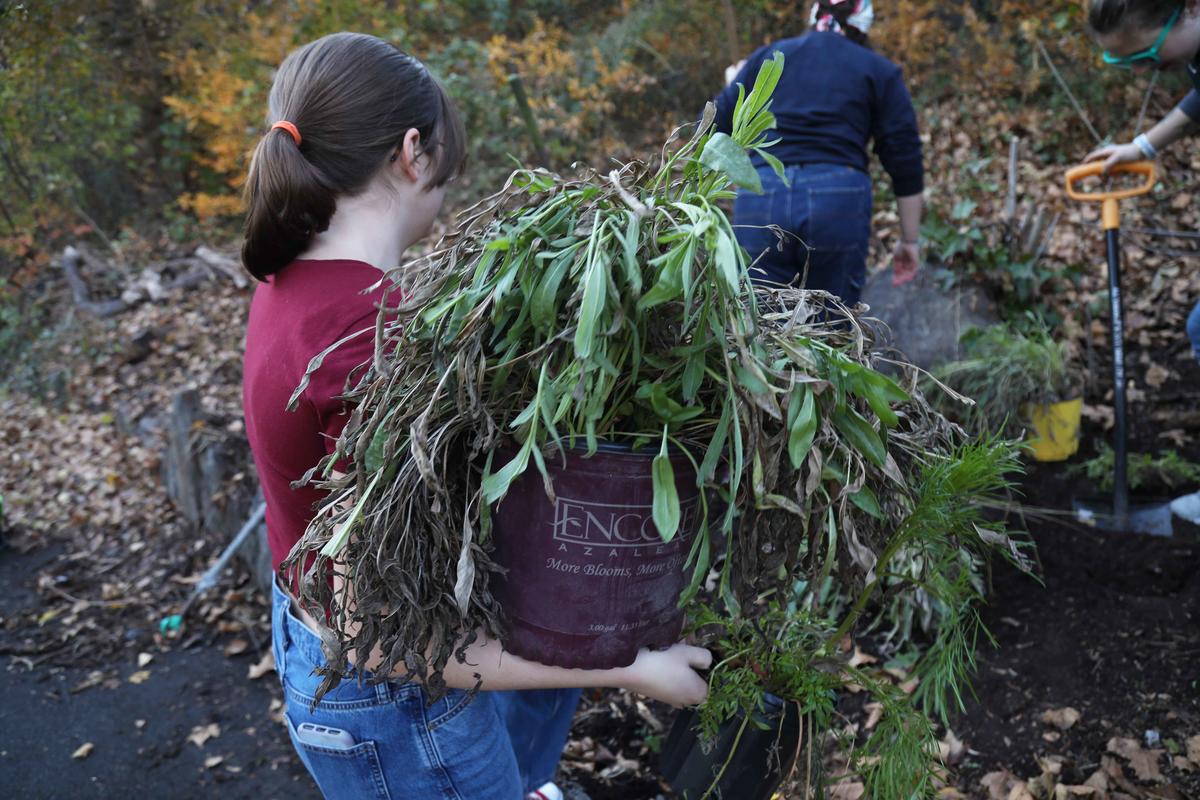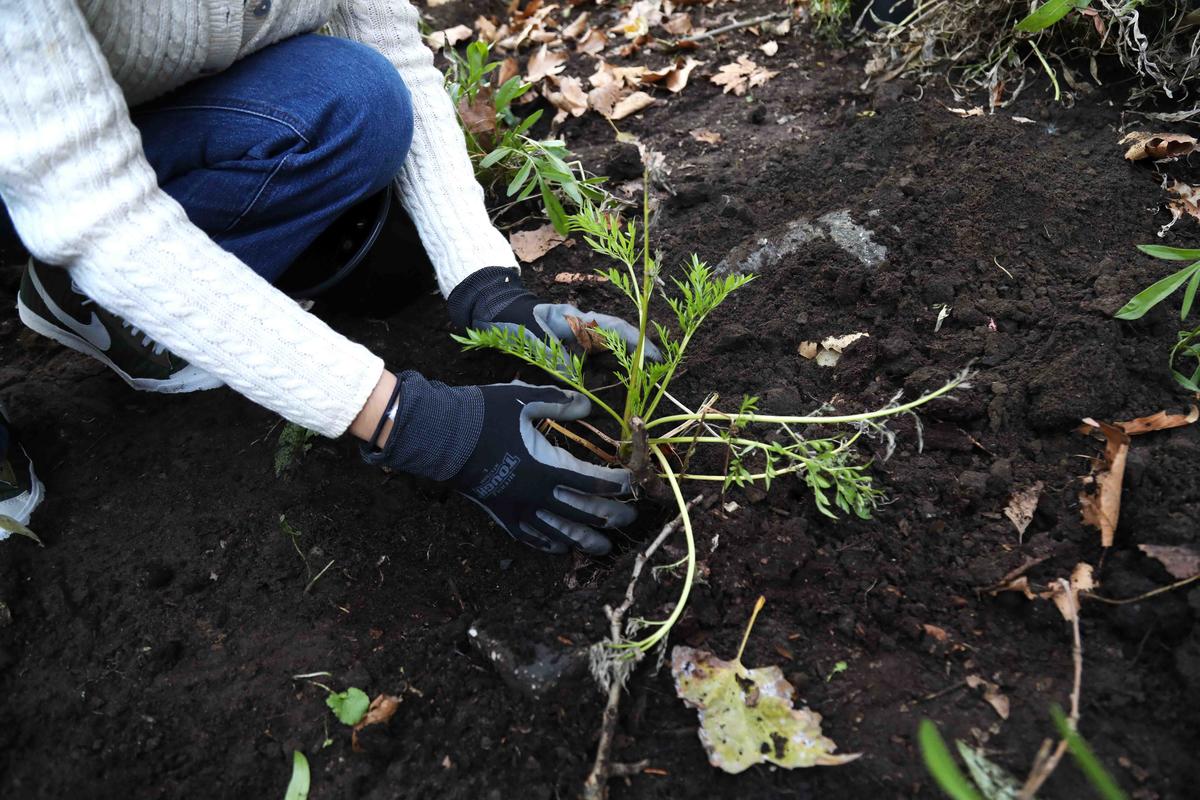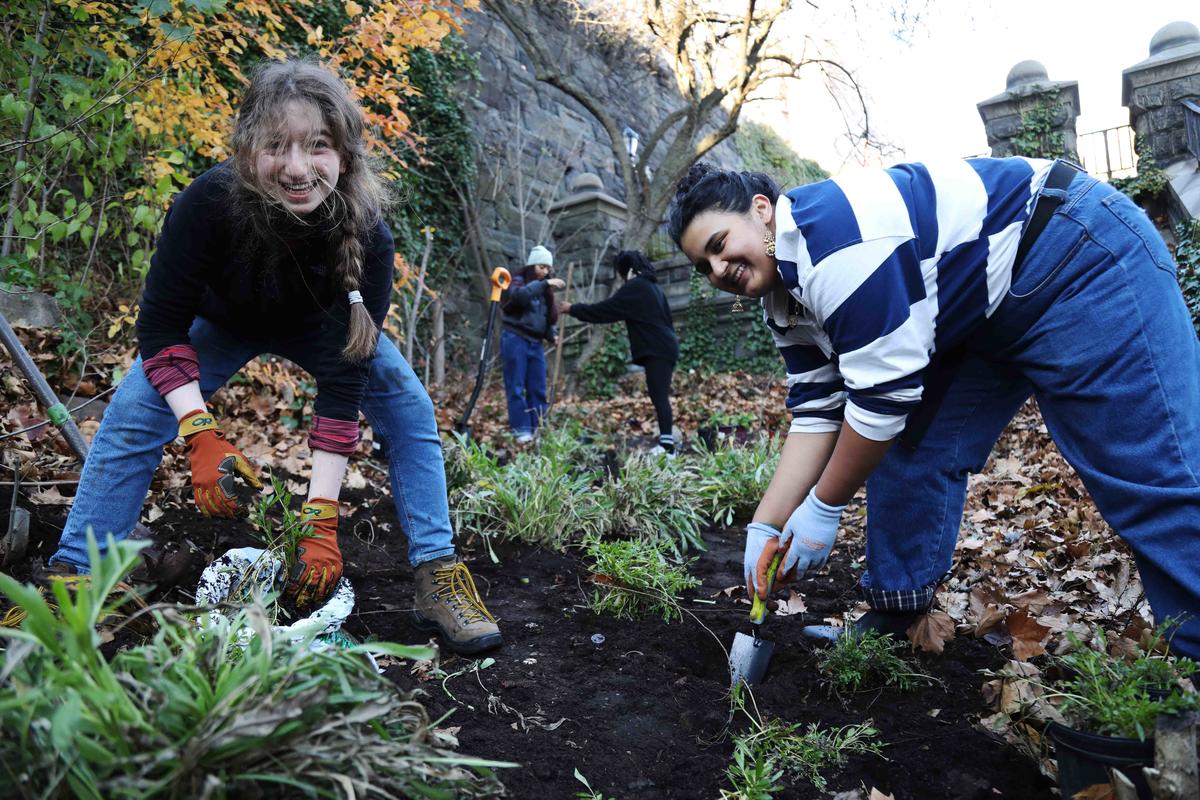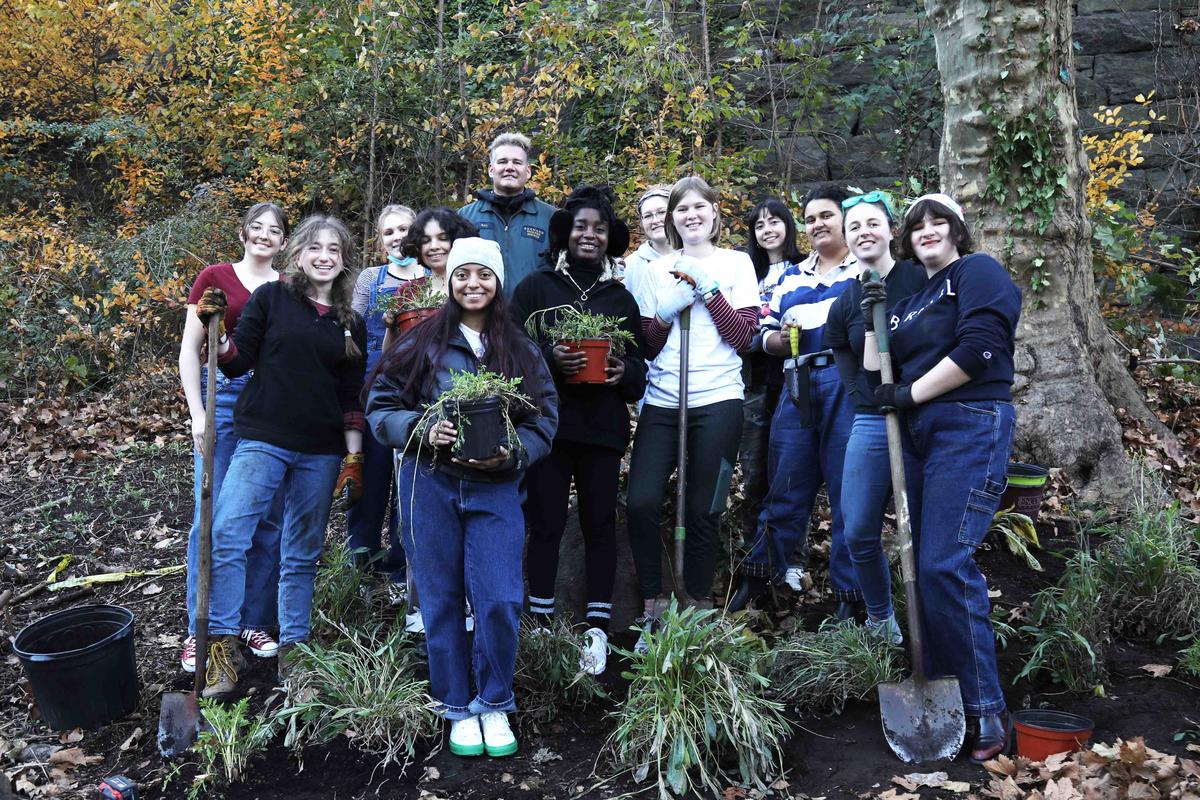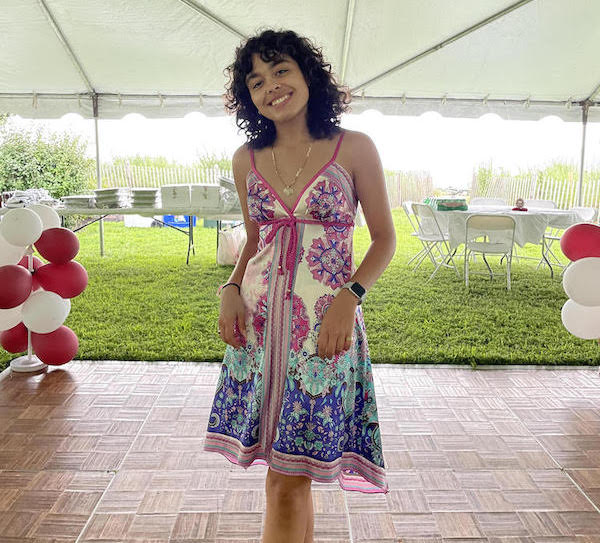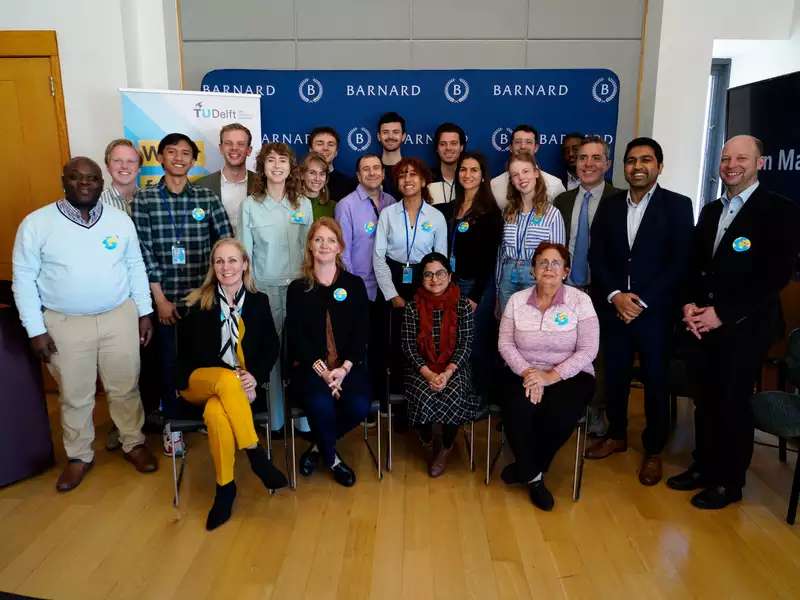As the climate crisis accelerates environmental and biodiversity hazards, one thing remains clear: Earth is in survival mode.
Last month, the Intergovernmental Panel on Climate Change (IPCC) reported that global surface temperatures have increased more rapidly since 1970 than in any other 50-year period over the past 2,000 years. Scientists continue to sound the alarm that greenhouse gas emissions caused by human activities are responsible for the 1.5 degrees Celsius increase in global warming.
The solution, according to the report, is also rooted in human activity. The report calls for climate action through knowledge sharing, the diffusion of mitigation techniques, and inclusive decision-making.
As a leader in environmental advocacy and resilience, Barnard supports planetary health through its Climate Action Vision of reducing waste emissions and becoming the country’s first circular campus. With its sustainability and climate action initiatives, as well as its sustainability pedagogy and coursework centering the environment, Barnard enables students to reimagine their connection with the planet.
In honor of Earth Day 2023 (April 22), students, faculty, and staff contributed 10 easy-to-follow tips and tricks to the Earth-action toolkit below.
Sandra Goldmark
Associate Professor of Professional Practice in Theatre; Director of Campus Sustainability and Climate Action; Senior Assistant Dean for Interdisciplinary Engagement, Columbia Climate School
One of my favorite “what can I do” about climate tips is very simple: Talk about it. Schedule a brainstorm session on how your group or organization can “walk the walk.” Propose that your organization or institution publish sustainability achievements and commitments. We need to push for change in our organizations and institutions, and a key element is raising the issue — often and loudly. Be the squeaky wheel to help create a habit of building climate considerations into every decision-making process.
Jonathan Snow
Associate Professor of Biological Sciences
Although most people know about only a few types of bees, such as the honey bee and bumble bee, there are over 20,000 bee species on the planet. As a bee enthusiast, I encourage people to get to know the many bee species [and other insects] that live around them to invest in diverse invertebrate health. This will contribute to resilient ecosystems better adapted to the adverse conditions of climate change. The NYC parks guide provides insight on some common local bees and other insect pollinators. The advice I most like to share on how to protect all of these different types of bees and other insect pollinators comes from The Xerces Society and their Pollinator Conservation Program.
They have a useful pledge, which includes four simple steps:
- Grow pollinator-friendly flowers
- Provide nest sites
- Avoid pesticides
- Spread the word
The nice thing about these steps is that they will help make the earth friendlier for diverse insects and other invertebrates more broadly.
Keith Gabora
Lead Groundskeeper and Horticulturist
I would like to highlight my push for more native green space in New York City. Green space has many important attributes that affect both the local and larger climate systems. It acts as a carbon sink and reduces the effects of the urban heat island. Unfortunately, most of our green space has been overtaken by non-native, invasive species — this is especially true in Morningside Park, where the worst culprits include English ivy, Japanese knotweed, and tree of heaven. In a collaborative project with Barnard’s student garden club and Jazmine Garcia from the Office of Sustainability and Climate Action, we plan to remove these invasive species and replace them with natives.
Jazmine Garcia
Campus Sustainability and Climate Action Coordinator
Finding ways to celebrate Earth Day this year can be a great opportunity to learn how to grow your own food. Something as simple as starting sprouts or microgreens can increase nutrients in meals while reducing dependency on greens throughout the year.
To grow sprouts, you’ll need a Mason jar, a porous lid (or cheesecloth with a rubber band), and [a handful of] sprout seeds.
- Start by adding the seeds to your jar and placing the porous lid on top.
- Rinse your seeds 2-3 times per day, and watch the sprouts grow!
- After 10-12 days, you should have some sprouts to harvest.
To grow microgreens, you’ll need a recycled berry container, potting mix, and [two tablespoons of] microgreen seeds.
- Add soil to your container, spread an even layer of seeds on top of that, and water it gently daily.
- Keep the container in direct sunlight, and watch the seeds grow! In 12-14 days, you should be able to harvest your greens, using a pair of scissors.
- Use the microgreens to top salads, sandwiches, or pastas.
Leslie Raucher
Associate Director of Campus Sustainability and Climate Action
Time is the greatest gift you can give to the planet every day. Dedicating an afternoon to a community cleanup or hosting a swap are great. But each day you can make a difference. Take time to read the signs above waste bins to determine how to sort your trash. Think about how you could fit a stop at the local hardware store into your day, rather than ordering online from a large corporation with poor labor practices. Call your elected officials and advocate for climate-forward policy while walking to work. We each make around 35,000 decisions a day. Imagine the difference we could all make if we took a little time to make a few of those with environmental, racial, and social justice in mind.
Marie DeNoia Aronsohn
Director of Strategic Communications
As someone who has had the opportunity to interview and write about some of the world's leading climate scientists, my tip is to be a climate communicator. Take the time to explore and read about climate change so that you understand and can put into your own words what it is, why and how fast it’s happening, and how we need to advocate for interventions. And, above all, vote! Supporting decision-makers and leaders committed to thoughtful, fair, powerful climate action has never been more important.
Silvia Giordano ’25
Major in architecture; minor in environmental science
Humans were once so connected to their environment that they honored the plants that sustained them. However, in today’s world, many of us are unable to even identify local plant species. Learning more about the native plants of our area can help foster a new level of care for the ecosystems around us.
Phone applications like PictureThis are a great way to identify plants you might encounter on a walk.
Vegetation plays a huge role in making communities thrive — from filtering water and feeding us to cleaning the air we breathe — so it’s only right that we know what these plants are and how [to] take care of them.
Delaney Michaelson ’24
Major in anthropology; minor in environmental science and economics
As stewards to the environment, and daily contributors to climate change, we have a duty to acknowledge our climate impact. This Earth Day, I encourage Barnard’s community members to reflect on what they can do differently to be kinder to the earth or to support participants of the sustainability movement.
It is possible to reimagine our connection to the planet. My advice? Be more intentional every time you consume:
- Reconsider the waste stream by finding alternatives to items that would typically be discarded.
- Collaborate with local nonprofit organizations — Food Forward, Tree People, or Grades of Green — to achieve sustainability goals.
- Explore local and small businesses with clear environmental targets instead of larger corporations that emit higher percentages of CO2.
Delaney Wellington ’23
Major in environment and sustainability
To honor the earth, look to the sky — or the trees or bushes or ground — for birds! Birdwatching requires no prerequisite knowledge or gear, yet it has the ability to spark a lifelong appreciation and connection with nature. If you look around campus, you’ll see northern Mockingbirds, European starlings, pigeons, and house sparrows. There’s a bird sanctuary right next to campus, in Riverside Park. Enter from 116th Street and walk northward. It’s the perfect place to see downy woodpeckers, black-capped chickadees, American robins, and more. Birds are more than beautiful creatures; they play a crucial role as pollinators and seed dispersers, and they provide a major evolutionary link to the past. You can go on your own with a bird ID app, or find a free birding tour on the NYC Audubon website.
Sunshine Quinones ’26
Major in environmental science
I encourage people to consider giving new life to the things they might throw away. We often pass things [like clothing] off as single-use or without value when they can be reused. This makes us generate so much waste when we could instead incorporate more circularity into our lives. Saving seeds from fruits that can be replanted or upcycling worn clothes are two ways we can choose to live more sustainably.
Celebrate with Barnard
On April 27, Barnard will host its annual community planting day in partnership with the Student Government Association (SGA) and the Barnard Garden Club. The event is open to the entire College and provides an opportunity to plant a native seedling in the community planting bed along Futter Field on campus. In the fall, the plants will be donated to Morningside Park.
Watch the video below to see Barnard in Earth Day action.


